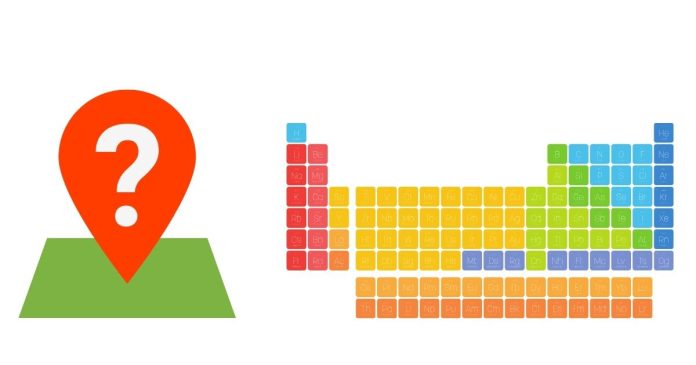The periodic table is organized in a way that makes it easy to identify where metals, metalloids, and nonmetals are located based on their properties and trends. Here’s an explanation of where each of these elements can be found:
1. Metals
- Location on the Periodic Table: Metals are primarily found on the left side and in the middle of the periodic table.
- Characteristics: Metals are typically shiny, good conductors of heat and electricity, malleable (can be hammered into sheets), and ductile (can be drawn into wires).
- Examples: Alkali metals (Group 1), alkaline earth metals (Group 2), transition metals (Groups 3-12), and post-transition metals (elements to the right of transition metals but still on the left of metalloids).
- Trend: As you move from left to right across a period (row), elements become less metallic. For example, sodium (Na) is a metal, but elements like argon (Ar) and chlorine (Cl) are nonmetals.
2. Metalloids
- Location on the Periodic Table: Metalloids are found along a diagonal staircase line starting from boron (B) at the top left and extending down to polonium (Po) in the bottom left. This line divides metals and nonmetals.
- Characteristics: Metalloids have properties that are intermediate between metals and nonmetals. They can be semiconductors of electricity and have a metallic luster but are more brittle than metals.
- Examples: Boron (B), silicon (Si), germanium (Ge), arsenic (As), antimony (Sb), tellurium (Te), and polonium (Po).
- Trend: Metalloids are typically located between the metals and nonmetals on the periodic table.
3. Nonmetals
- Location on the Periodic Table: Nonmetals are primarily found on the right side of the periodic table, to the right of the metalloids.
- Characteristics: Nonmetals are typically not shiny, poor conductors of heat and electricity (insulators), and brittle when solid. They tend to have high electronegativity and form anions (negative ions).
- Examples: Hydrogen (H) (which is technically a nonmetal but is often placed in Group 1 with metals), the halogens (Group 17), the noble gases (Group 18), and other elements like oxygen (O), nitrogen (N), and carbon (C).
- Trend: As you move from left to right across a period, elements tend to become more nonmetallic. For example, chlorine (Cl) and oxygen (O) are nonmetals, while potassium (K) and magnesium (Mg) are metals.
Summary of Their Locations:
- Metals: Found on the left side and middle of the periodic table (e.g., Groups 1-12, and some in Groups 13-16).
- Metalloids: Found along the staircase line, between metals and nonmetals (e.g., Boron, Silicon, Arsenic).
- Nonmetals: Found on the right side of the periodic table, after the metalloids (e.g., Groups 14-18, including the noble gases).
By using this organization, it is easy to understand the trend and general characteristics of each category of elements in the periodic table.


